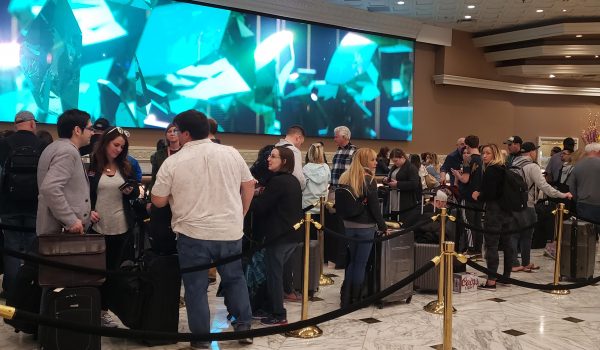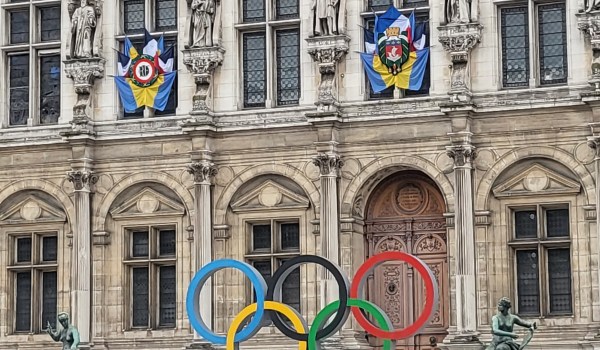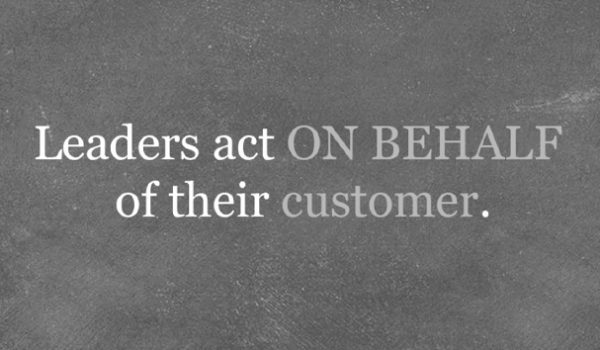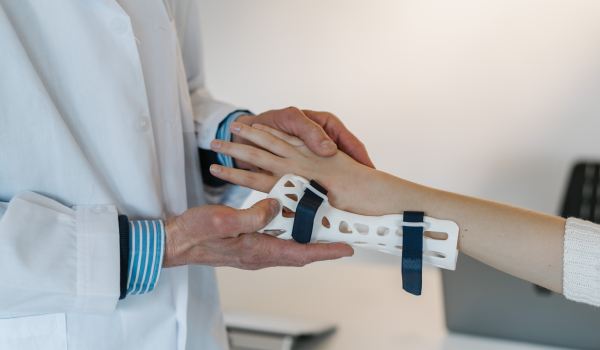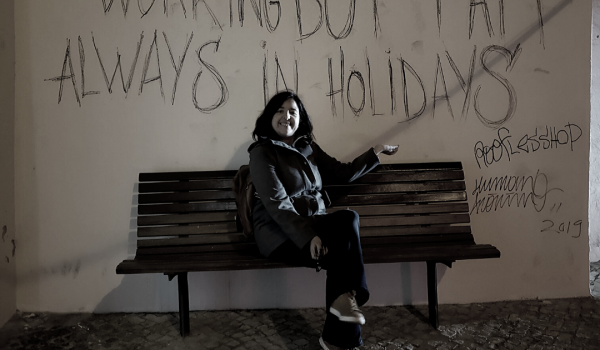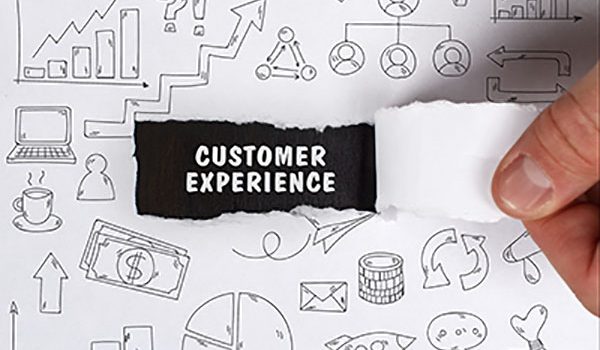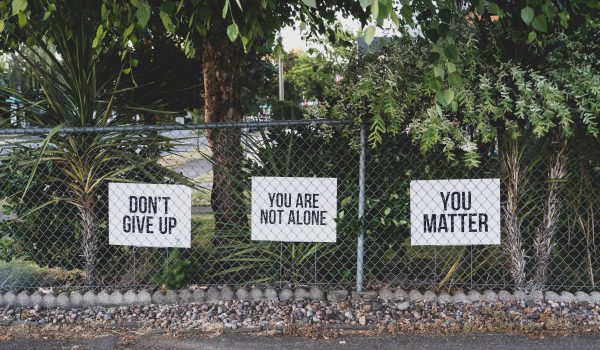
How to Build a Customer-Centric Culture for Highly Effective Teams
When we look at how to build a customer-centric culture, we must look inside the organization first. True customer centricity happens when an organization masters group dynamics to harnesses the power of strong teams that collaborate on the common goal of meeting and exceeding customer needs. Developing highly effective teams is a challenge. It requires investments of time and resources. It also requires a concerted effort on the part of leadership to define organizational culture, and to infuse that culture with purpose.
Organizations that invest in building purpose-driven, customer-centric cultures see an ROI that goes beyond customer happiness. A recent Gallup Report on the relationship between employee engagement and team performance shows a 23% increase in profitability for organizations with engaged employee teams. Organizations with teams that are engaged, collaborative, and supportive have higher levels of employee satisfaction. And higher retention rates. In the face of the Great Resignation, that alone is reason to examine how to create strong, effective teams driven by the purpose to pursue customer happiness.
So, what are the keys to creating highly effective teams that build a customer-centric culture?
Recognize the Characteristics of a Highly Effective Team
Highly effective teams share a number of defining characteristics. Across industries as diverse as transportation, education, travel, and healthcare, teams that work well together share many of the same features.
For starters, the teams that function productively and purposefully promote the feeling of safety. Members of effective teams communicate clearly and consistently with each other. And they develop behaviors that increase feelings of trust and connection.
Safety
Safety is more than just an office environment that is physically safe and follows relevant public health protocols. The safety that we talk about when we look at group dynamics is more aligned with the idea of psychological safety. Individuals and groups thrive when they work in a space where they feel comfortable enough to communicate their thoughts and ideas. And where they know their peers value their contributions.
Of course, this does not mean members of effective teams always agree. In fact, the opposite is true. The stronger the team, the more likely employees are to challenge the status quo. And to voice innovative solutions that lead to better experiences for customers.
Communication
Strong teams of engaged employees value interpersonal communication. They reveal this in their interactions with each other and with leadership. In a highly effective team, members of the group talk and listen equitably. They use behavioral cues that indicate they are paying attention to each other, they trust each other, and they are connected to each other. They also are not afraid to learn from their mistakes. Highly effective teams conduct post-mortum meetings after an event that did not go as planned, regardless of whether the event is a Navy Seals operation or a Pixar movie.
But these are the basics. As we examine the connection between effective teams and purpose-driven culture, the challenge is to take the next step and communicate in order to co-create the shared purpose of individual teams and the larger organizations they are part of. That means always getting back to why and how to build a customer-centric culture.
Develop Bar Setting Behaviors
As we have said before, organizational culture is a set of values and beliefs that govern the accepted, rewarded, and encouraged behaviors across departments, levels, and geographies.
That means the hard work does not stop when your organization defines its values and beliefs. That is when the real work begins. Let’s say you identify the customer-centric value of CARING as one of your organizational values. That’s great. Now it is time to ask yourself, what behaviors do I, as a member of the leadership team, need to display in order to model the value of caring.
Further, how do I want my organization to function on a daily basis to encourage all my employees to demonstrate caring to each other, towards their work, and ultimately, to our customers? As leaders, we cannot assume that every employee intuitively understands what it means to behave in a manner that communicates caring.
Instead, we must codify a set of bar setting behaviors that build a culture of caring starting at the top. This can include simple rituals like celebrating employee birthdays and milestone events. Now, by simple, we do not mean easy to do. Even a birthday celebration involves careful planning. And it requires an individual to own that responsibility and manage a successful experience.
Behaviors can also include bringing acts of caring out into the community by sponsoring local events, getting involved in food drives, or opening your space to local residents for social or arts and culture events.
Importantly, codifying behaviors aligned with organizational values also must reach the world of HR. To be truly purpose-driven, you must include culture-fit questions in interviews, and tie culture-driven behaviors to performance goals and compensation. When we codify behaviors that are aligned with organizational values and connected to shared purpose, we create a space where employees can engage confidently as individuals and members of teams.
Ultimately, that serves customer experience objectives as much as it serves employee engagement goals. Purpose-driven employee teams deliver consistent, valuable customer-centric experiences. By designing the right set of behaviors and co-creating experiences with employees around those behaviors, you empower culture as an experience generator. You deliver consistently on brand promises. And you support experiences that are unique and valuable.
Design Office Space to Build Customer-Centric Culture
In addition to behaviors, look at office space design as a tool for creating a culture-driven space. Just as we codify a set of behaviors to remind employees of organizational values and how to live them, we can create design that does the same.
A simple way to do this is to include cultural artifacts on wall murals and displays. Incorporate brand values language and imagery in entryways, hallways, and meeting rooms. These cultural artifacts do more than remind employees about values and mission. They reinforce the sense of belonging that motivates effective teams.

Workspace design should include celebrations of team and individual achievements to further that sense of belonging. And to honor the contribution to a shared purpose. Just like Starbucks embedded its vision statement in its headquarters lobby design. Additionally, space design should connect to the ways in which you want the members of your organization to work together.
Think about what employees need to feel safe, cared for, and comfortable. Is there space to store food from home? Do you have a gathering place where employees can grab a coffee or water, and talk with each other? Are you offering a diversity of work spaces, both for quiet, individual work, and creative, collaborative work?
Break Down the Complexities
At the end of the day, effective, purpose-driven teams are as complex and unique as the customers we serve. However, like our customers who want experiences that are seamless, guided, and safe, our employees want to feel supported, cared for, and valued. When we keep organizational values central to co-creating customer-culture, and when we design behaviors that strengthen that culture, we empower employees and build effective teams, and enrich employee and customer experience.
But it is impossible to do alone. Do you need help defining organizational culture values, codifying purpose-driven behaviors, or developing customer experience strategy?
Take the next step with The Petrova Experience.







